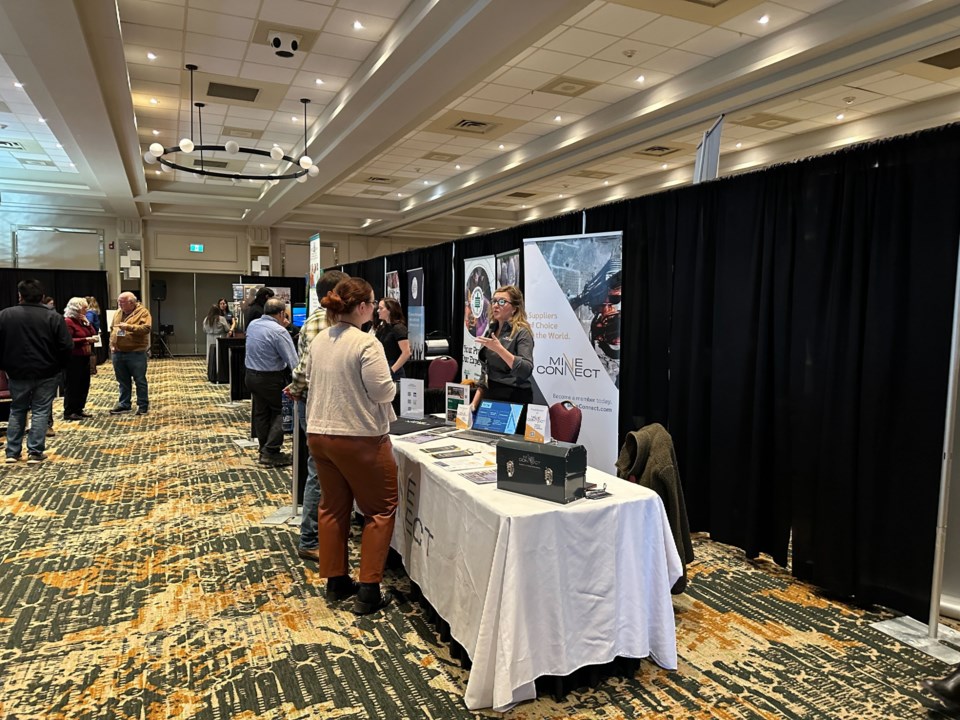THUNDER BAY — The economic contribution of critical minerals, industry challenges and skilled labour recruitment comprised a presentation by the Ontario Mining Association president at the Prosperity Northwest Conference in Thunder Bay.
Chris Hodgson said on Wednesday why Northern Ontario minerals are in such demand using Ontario's critical mineral strategy, which he says supports many aspects that the mining association has long been advocating.
"It's a non-partisan issue now that all parties want to see more mining because of a couple of factors," Hodgson told The Chronicle-Journal.
"One is the situation globally, where the West wants to rebuild supply chains that are closer to home. The second is electrification for climate change. They want to decarbonize the world. So fossil fuels are out, electrification is in, and that requires more metals and critical minerals."
And he said there are nine gold mines in this area.
"Gold looks like it's got a great future," he said. "If governments want to fight away their debt, gold becomes more valuable. In terms of the price alone, it's been good. We're one of the few World Banks or central banks that don't have gold as a reserve currency, and that might change. So it's a very important metal."
Hodgson's main message is that Northern Ontario's critical minerals are in demand, which is providing great career opportunities for people to work in mining, especially in the Northwest.
He said they have been using a polling system to identify positive attitudes towards mining, looking at who is receptive to a career in mining and where the mining association can influence that.
"We've created a campaign called This is Mining, that it's shared with high school students across parts of Ontario to try to entice people to go into a career in mining," he said.
"We chose that because it's a demographic that we can access with partners. We're interested in new Canadians or Indigenous populations, which we're also targeting because they have a lot of youth."
Hodgson said this is done by bringing the skill level up and showing them a career path.
"It's not like the old days. There's actually a lot of technology involved now, and there's a training and a career path that has to be outlined and followed, but we also want them to be aware of the available jobs," he noted.
Hodgson said if you show young people the meaning and the value of producing more minerals and critical metals to the world, they will realize that this is a growing industry that is needed.
"Everything to do with electrification requires minerals and metals, and all the new technology requires that," he said. "So we need to do it in a place that's got good environmental laws, good regulations that are honestly applied and good partnerships with our Indigenous populations. We have a carbon-free energy grid and if you're going to mine, this is the place to do it."
Hodgson said more skilled trade partnerships with high schools, and the college and university are needed.
The Chronicle Journal / Local Journalism Initiative
